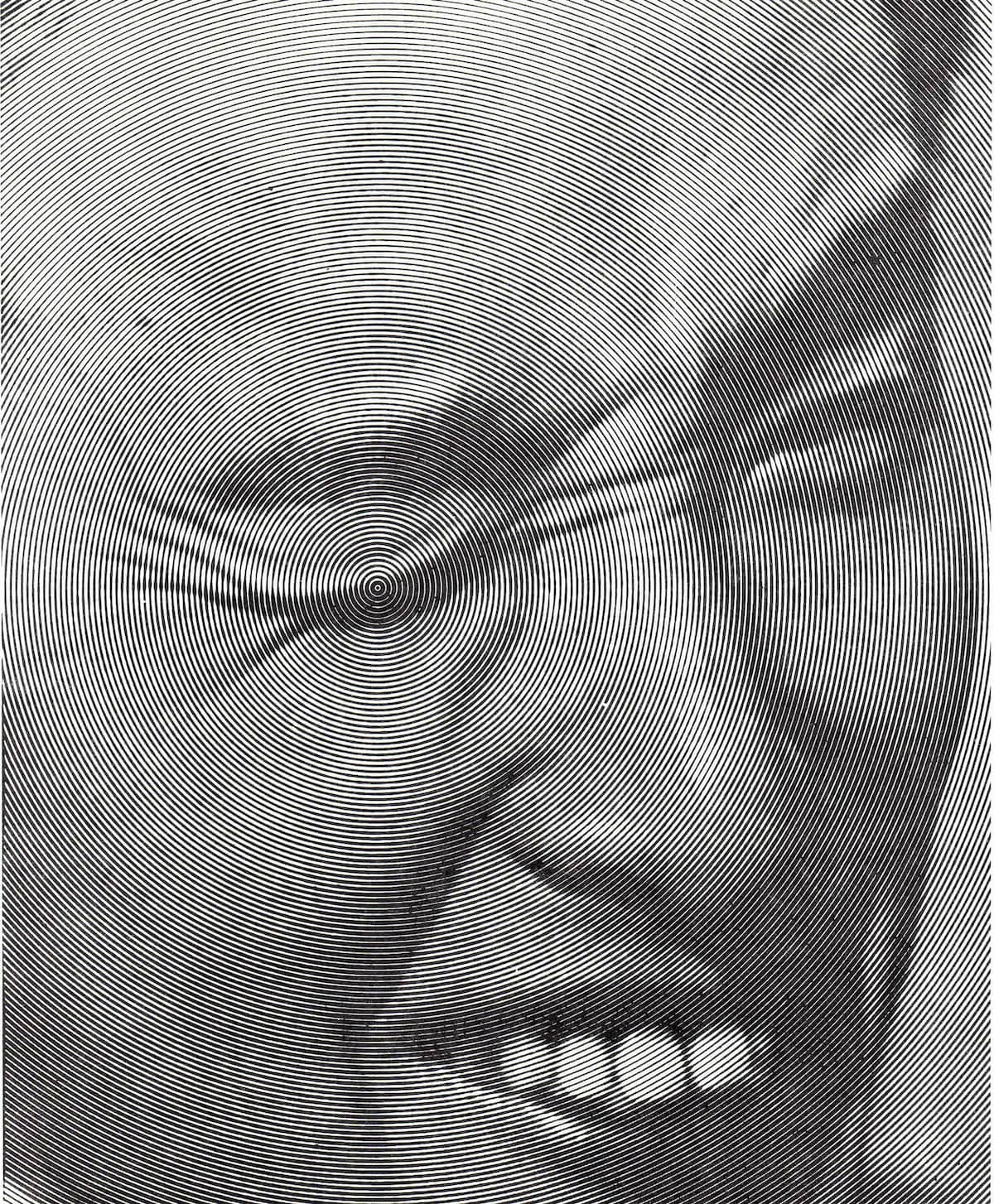THE FUTURE IS NOW
- Filter

Director’s Foreword
Author
Eugene TanBiography
Eugene Tan has been Director of National Gallery Singapore since May 2013. Eugene has published and curated widely, organising exhibitions including the Singapore Pavilion at the 51st Venice Biennale (2005), the inaugural Singapore Biennale (2006) and Reframing Modernism: Painting from Southeast Asia, Europe and Beyond (2016) and Minimalism: Space. Light. Object. (2018) at National Gallery Singapore.
Welcome to the Nam June Paik: The Future is Now exhibition website, an interactive home for curatorial essays, video interviews, artwork highlights and other digital resources to enrich your experience of the exhibition at National Gallery Singapore. This is Nam June Paik’s first-ever major retrospective in Southeast Asia, and we hope this online extension will allow audiences within and beyond its Singapore destination encounter Paik’s work in the digital realm—work which lends itself to the internet age.
Paik played a pioneering role in marrying art and technology since the 1960s. He is best recognised for his embrace of emerging communication technology in performance and installation art, and is widely considered the founder of video art. While excited by advancements in technology, Paik’s work also made prescient its dangers. He experimented with recording gadgets and broadcasting technologies such as tape recorders, CRT TVs and live television channels to call attention to the manipulative nature of mass media. With the fact of surveillance technology now habituated into our lives, the anachronistic monitoring instruments used in Paik’s work underscores just how long-standing and insidious the threat of surveillance technology has been, and how avant-garde his work was for its time.
Paik’s incisive view of technology saw it not in conflict with nature, but as a natural extension of the human realm. His perspective was informed by Zen and Buddhist philosophies, connected to his Korean origins but also the surge of interest in “Asian” philosophies in the West through the 1960s and 1970s. The curatorial essays on this exhibition website provide overviews of Paik’s practice and, significantly, grapple with his “otherness” and artistic assimilation.
Given the boundary-crossing nature of Paik’s work, his involvement in the experimental Fluxus movement now appears a natural fit. Paik was recruited into Fluxus by founder George Maciunas in its early years, and soon became a significant member. He played an important role in connecting artists, composers and performers across the world, initiating collaborative performances or “events” sparked from often mundane situations or gestures. Archival material of his collaborations with artists Joseph Beuys, Charlotte Moorman, John Cage and Merce Cunningham bring further insight into his extensive collaborations and practice.
Whilst Paik was a central figure in the development of Fluxus, his radicality was often at odds with the wishes of its founder, leading to his temporary expulsion from the movement. Yet Paik continued to create work in the same spirit, to results both playful and profound. His work within Fluxus and beyond has left an imprint on global art history, encapsulated in Nam June Paik: The Future is Now.
This exhibition is organised by Tate Modern, London and San Francisco Museum of Modern Art in collaboration with National Gallery Singapore. It has also been made possible by the generosity of our Lead Partner Singtel, Strategic Partners Cultural Matching Fund, Singapore Tourism Board, Supporters Terra Foundation for American Art, U.S. Embassy Singapore, and Exhibition Patrons Pierre and Bolor Lorinet. We are grateful to our colleagues at the Gallery, who have supported the realisation of this project.